From wildlife to geology, the north and north-east’s tourism businesses are welcoming visitors back after the lockdowns – but will the climate emergency alter tourists’ long-term travel plans? Peter Ranscombe investigates.
After two years of the general public enduring video calls, online pub quizzes, and waiting for streaming services to stop buffering, Speyside Wildlife owner Sally Dowden is relieved the in-person tourism industry has reopened.
“We’re showing people real things in real time in real places, and that’s what’s keeping me sane,” said Ms Dowden, whose company has been running wildlife tours and holidays since 1991.
When the first coronavirus lockdown struck, Ms Dowden decided to roll over all her customers’ 2020 bookings into 2021.
Many then had to be rolled over again into this year, with some holidays to overseas destinations such as New Zealand being further rolled over into 2023.
“We wanted to give our clients clarity, certainty and peace of mind so they knew what was going on,” she explained.
Her customers were very supportive of her strategy, with about 95% keeping their bookings.
That’s meant this summer has been busy fulfilling existing commitments, but Ms Dowden isn’t optimistic about the autumn or next year.
“People are really terrified about their energy bills and about travel,” she said.
“It’s not just people worried about travelling overseas because of Covid, but also people in Scotland and England worrying about whether the trains will be running to get them to Speyside or not.”
Further north, tourism businesses have had a “mixed” season so far, reported Laura Hamlet, manager of the North West Highlands Geopark, which in 2004 was designated by the United Nations’ Educational, Scientific and Cultural Organisation (Unesco) for its landscape and geology.
“We’re finding the accommodation providers are booked so there do seem to be people around, but it definitely feels quieter than it has been over the past two years,” Ms Hamlet said.
“The activity providers seem to be very quiet.”
With tourists prevented from flying overseas during the lockdowns, many headed to the Highlands, following the North Coast 500 driving route.
“I’m absolutely sure people were coming to the north last year and the year before because they couldn’t go abroad, which is good in a lot of ways because it’s opened people’s eyes to what’s actually in their own country,” Ms Hamlet said.
She added: “When people see photographs, they don’t believe the north-west Highlands are in the UK because they look so different.
“Obviously, as everyone understands, the infrastructure wasn’t able to cope, and so that led to a lot of conflict over the past couple of years.
“But the ranger service has been reinvented – a few years ago we were campaigning to save the ranger service, but there’s now been a lot of investment and that’s made a huge difference.”
Is inflation taking a toll on tourism?
Anecdotally, this year tourists are telling shopkeepers activities are more expensive than they expected but Ms Hamlet said most operators hadn’t put up their prices.
Cathy Earnshaw, destination strategy manager at tourism body Venture North, echoed the praise for the access rangers.
“I really can’t overstate the positive impact they’ve had,” she said.
Businesses in Caithness and Sutherland were “positive and upbeat” about the summer, she added, with Venture North launching its autumn-winter marketing campaign recently to help extend the tourist season.
WATCH: Venture North’s autumn-winter marketing campaign video
“In certain hotspot areas the volume of visitors has been less and… actually much more sustainable,” Ms Earnshaw said.
“Cautiously positive” was also the assessment from the wildlife and adventure businesses represented by trade body Wild Scotland, according to its chairman, Doug McAdam.
But he also highlighted concerns about recruiting guides and other staff, and about rising inflation.
“It’s the same whether it’s a household budget or it’s a business budget,” he warned.
“There’s obviously a concern about the operating costs for the business, with fuel and energy prices going up, but there’s also a concern as to what that’s going to do to the client base’s disposable income and whether they will still want to come and spend.”
After the success of Wild Scotland’s autumn-winter campaign last year with VisitScotland, Mr McAdam hopes to run more promotions this winter to encourage people to enjoy the outdoors and receive a boost to their wellbeing.
Outdoor dilemma: the further the wilderness the bigger the carbon footprint
Looking further ahead, wildlife tourism businesses face a potential dilemma – their customers want to visit the outdoors, but they also tend to care about the environment and limiting their contribution to climate change.
In the future, could companies face difficulties tempting overseas guests to fly to Scotland, or could the “staycation” effect boost domestic demand?
With such a loyal customer base, Ms Dowden has been able to ask her clients about climate change and its effect on their holiday plans, as well as carrying out research during trade fairs held south of the border at the famous wildlife centres in Rutland and Slimbridge.
“The honest answer about climate change is that it’s not even on people’s radar – it’s nowhere near the top of people’s decision-making at the moment,” she said.
“That’s not to say they don’t care about it, but we are still in the middle of the pandemic and, therefore, people’s only considerations at the moment are staying safe and being able to see their family for the first time in three years.”
Venture North highlighted that travel isn’t the only aspect of sustainability.
Ms Earnshaw said: “The north Highlands are a distance from many areas, including the central belt, so whether you come by train, whether you fly, whether you come by road, you are already having an impact.
“So the question then becomes when you’re here, how do you mitigate that?
“What visitors are asking us is ‘how can we shop locally? how can we support local businesses?, what are the options for active travel – like cycling or walking?'”
This year’s tourism map from Venture North listed charging points for electric vehicles and facilities for campervans to empty their waste.
Ms Hamlet said there was a recognition at a strategic level that tourists must be offered holidays with the lowest possible carbon footprint, but “fear and frustration” among businesses at an operational level.
“We’re all asking what can we do?,” she said.
She pointed to work being done with the North Highlands and Islands Climate Hub and the council-wide Highland Adapts to come up with ways to take action locally.
“One of the things we’re talking about is restoring our peatlands, which would help to trap carbon, and we could involve tourists in it too,” she added.
Concerns over climate change can also create business opportunities
Mr McAdam said: “Our clients want to know businesses are being run sustainably and treading as lightly on the landscape as possible.
“Members of Wild Scotland sign up to best practice standards on sustainability and that gives them a competitive edge – it boosts their credibility in the eyes of their customers.”
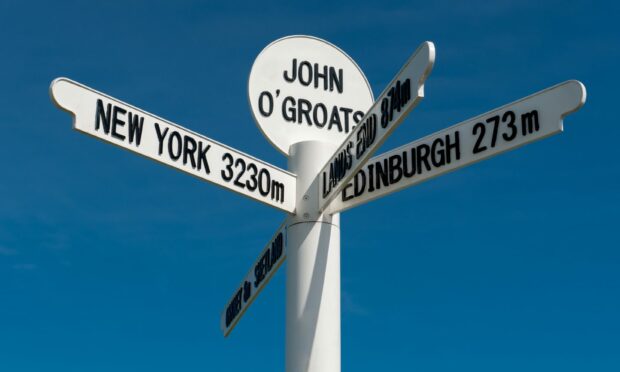
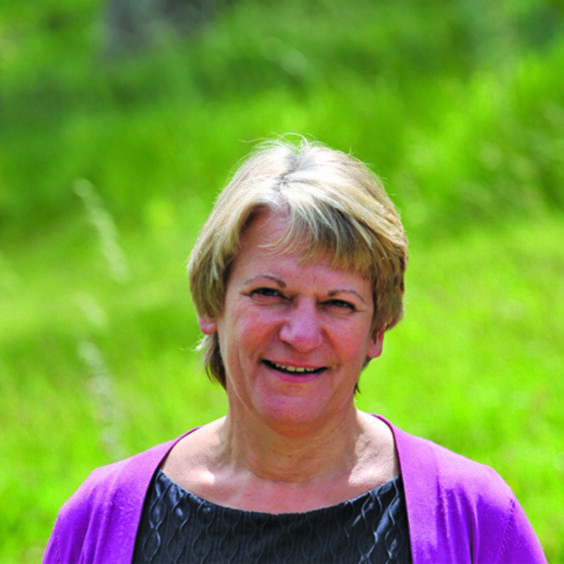
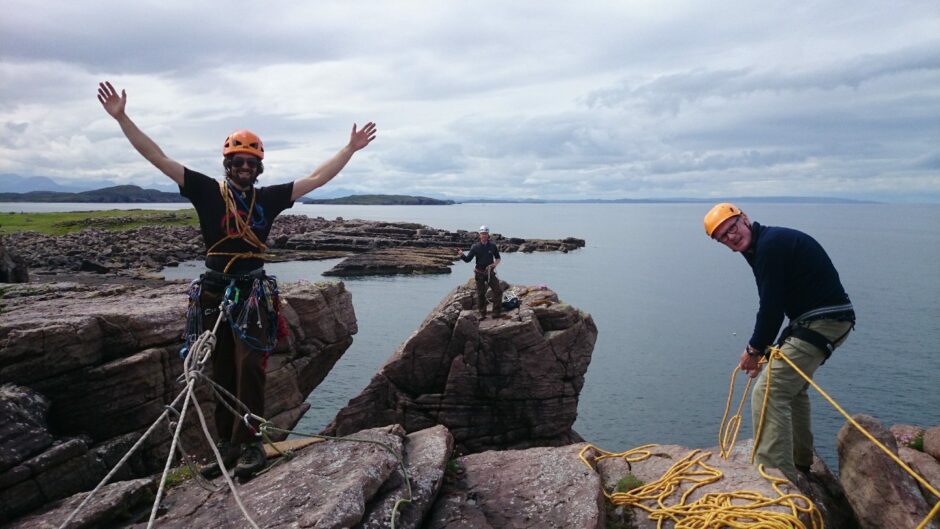
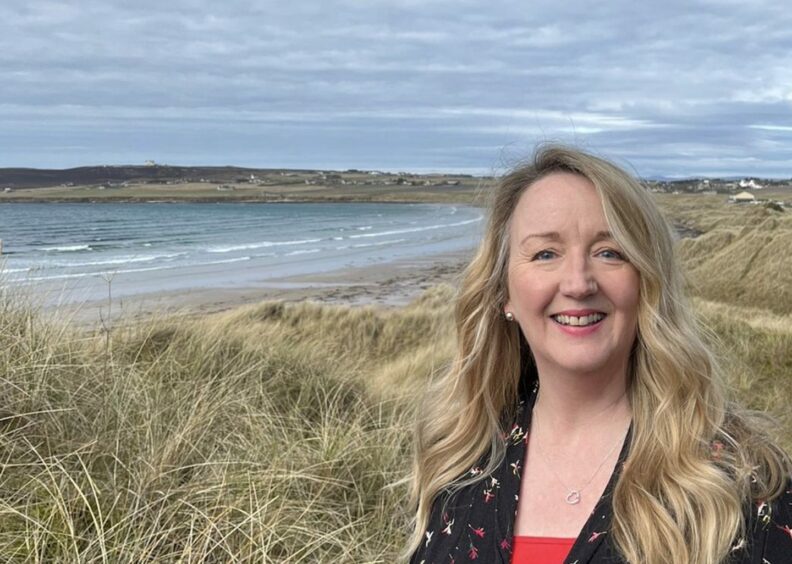
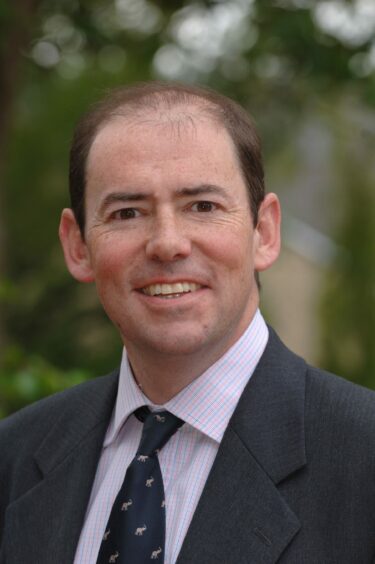
Conversation